Take the First Step For Estimate!
- Accurancy
- Efficiency
- Transparency
- Customization
- Time Saving
- Professionalism
- Cost Control
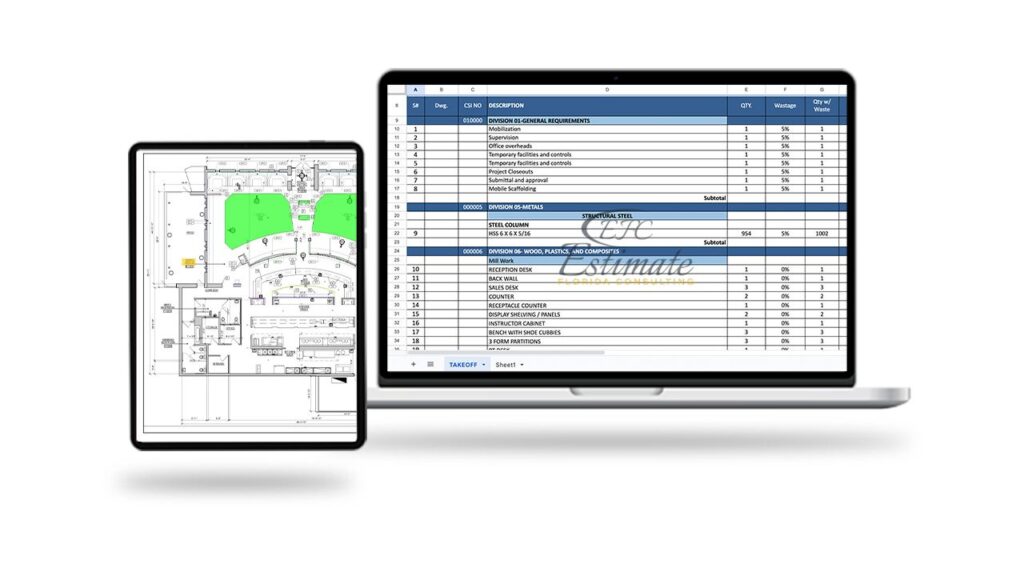
At Estimate Florida Consulting, we specialize in crafting precise cost estimates for strategically locating fire hydrants in warehouse settings. We recognize the paramount importance of safety and preparedness in warehouse management, particularly in fire prevention. Our services offer a comprehensive approach tailored to the unique needs of your facility. For a 10,000 sq.ft warehouse, our estimates range from $17,710 to $46,680 or more, covering all essential components. These detailed estimates provide contractors with a competitive advantage by ensuring accurate budgeting and project planning. With our expertise, you can confidently safeguard your warehouse against potential fire hazards, enhancing overall safety and security.
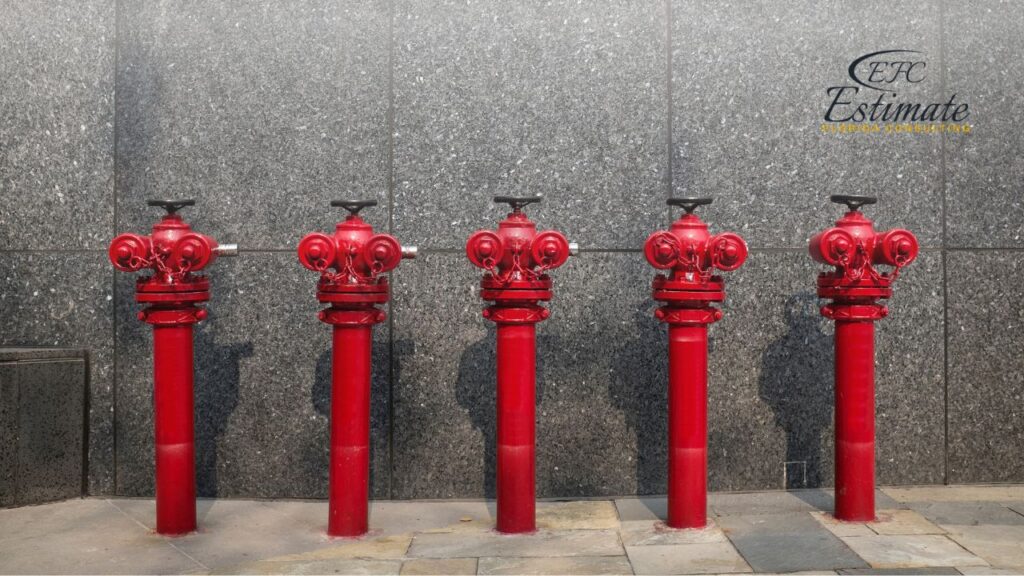

Warehouse | Total Cost |
Small Warehouse in a Rural Area | $5,000 to $15,000+ per hydrant installation |
Large Warehouse Complex in an Urban Setting | $20,000 to $40,000+ per hydrant installation |
High-Risk Warehouse (e.g., Flammable Materials Storage) | $30,000 to $50,000+ per hydrant installation |
The type and nature of materials stored in the warehouse significantly influence hydrant location planning. Highly flammable or combustible materials pose greater fire risks and may require more frequent hydrant placement or specialized fire suppression systems. Understanding the properties of stored materials is crucial for determining the optimal placement and type of hydrants required to effectively mitigate fire risks. Hazardous materials, in particular, may necessitate specific safety measures and considerations in hydrant placement to minimize the potential for catastrophic incidents.
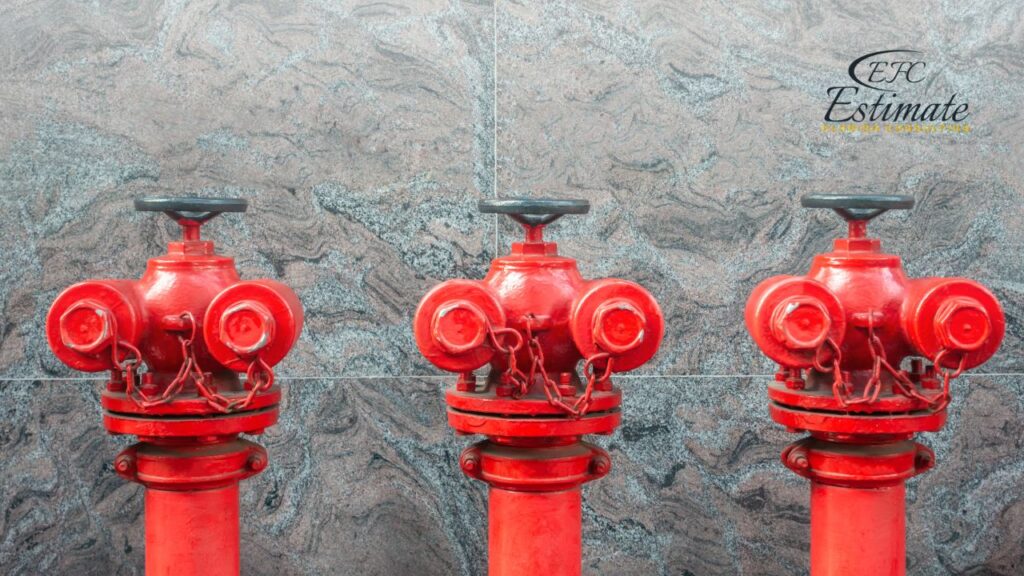
By conducting thorough risk assessments and hazard analyses, warehouse operators can identify areas of heightened fire risk and implement appropriate fire protection measures, including the strategic placement of hydrants.
The size and layout of a warehouse play a crucial role in determining the placement of fire hydrants within the facility. In larger warehouses, there is a greater need for multiple hydrants strategically positioned to cover the entire area adequately. The layout of the warehouse, including the arrangement of aisles, storage racks, and other structural elements, must also be taken into account. Hydrants should be placed in locations that ensure easy access for firefighters in case of emergencies, considering potential obstacles or obstructions that may hinder their accessibility. Additionally, the layout should facilitate efficient deployment of firefighting equipment and personnel, ensuring that no area of the warehouse is beyond the reach of hydrants during a fire emergency.
Compliance with local fire codes and regulations is essential in hydrant location planning to ensure the safety and protection of the warehouse and its occupants. These regulations typically stipulate requirements regarding hydrant distance, accessibility, water flow rates, and other critical parameters aimed at minimizing fire hazards and facilitating effective firefighting operations. Adherence to these standards not only ensures legal compliance but also enhances the overall fire protection capabilities of the warehouse. By staying abreast of relevant fire codes and regulations, warehouse operators can proactively address fire safety concerns and implement measures to enhance the resilience of their facilities against potential fire incidents.
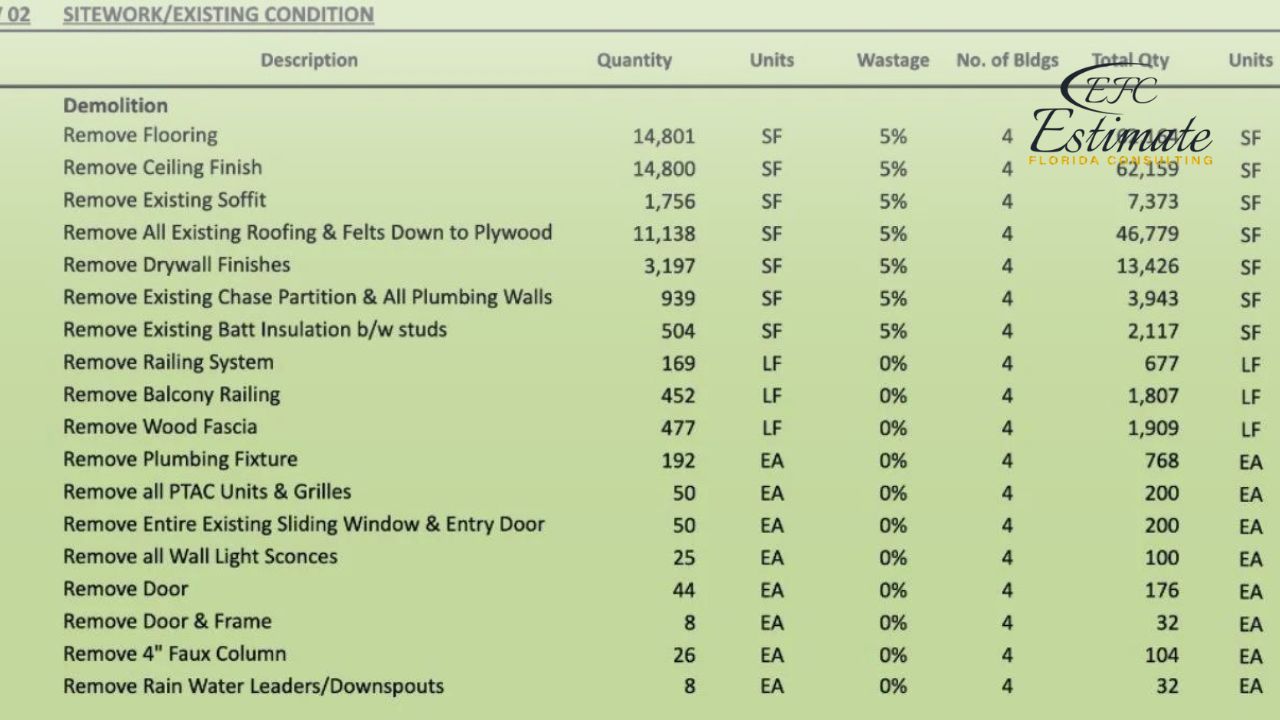
ZIP Code Based Estimate
Highly Accurate
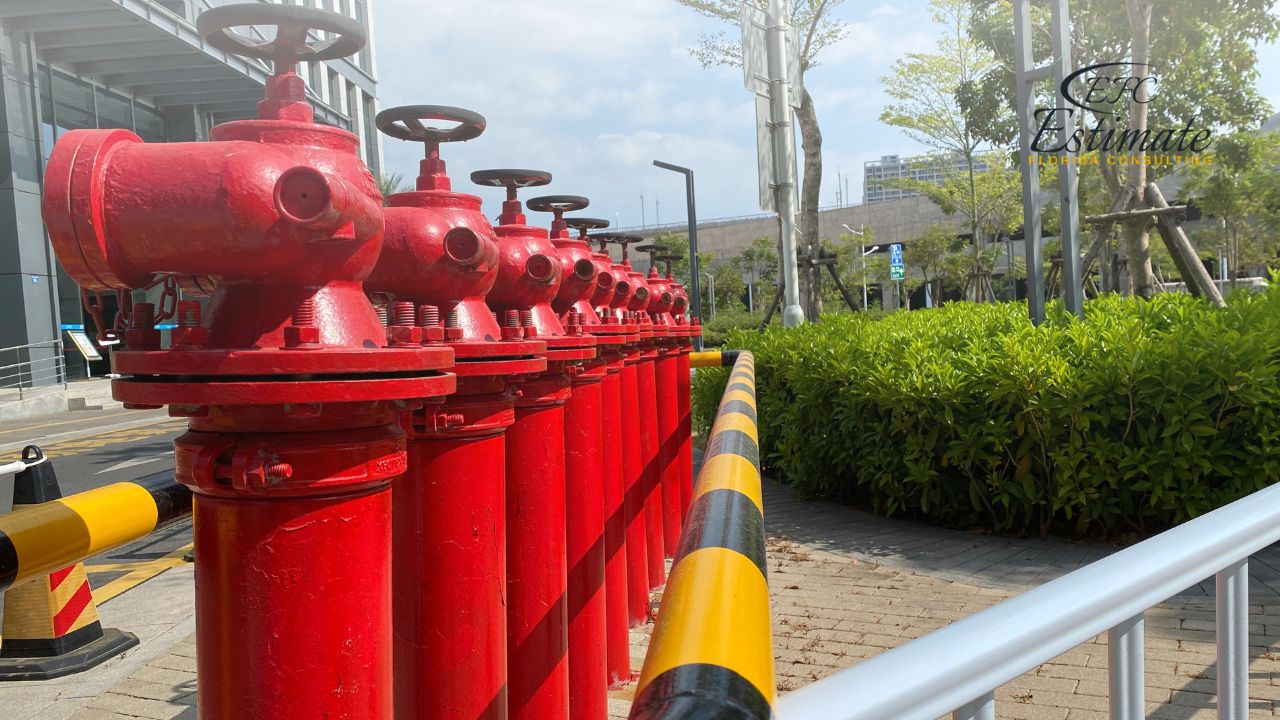
Fully Insured License
Hire Contractor for Warehouse
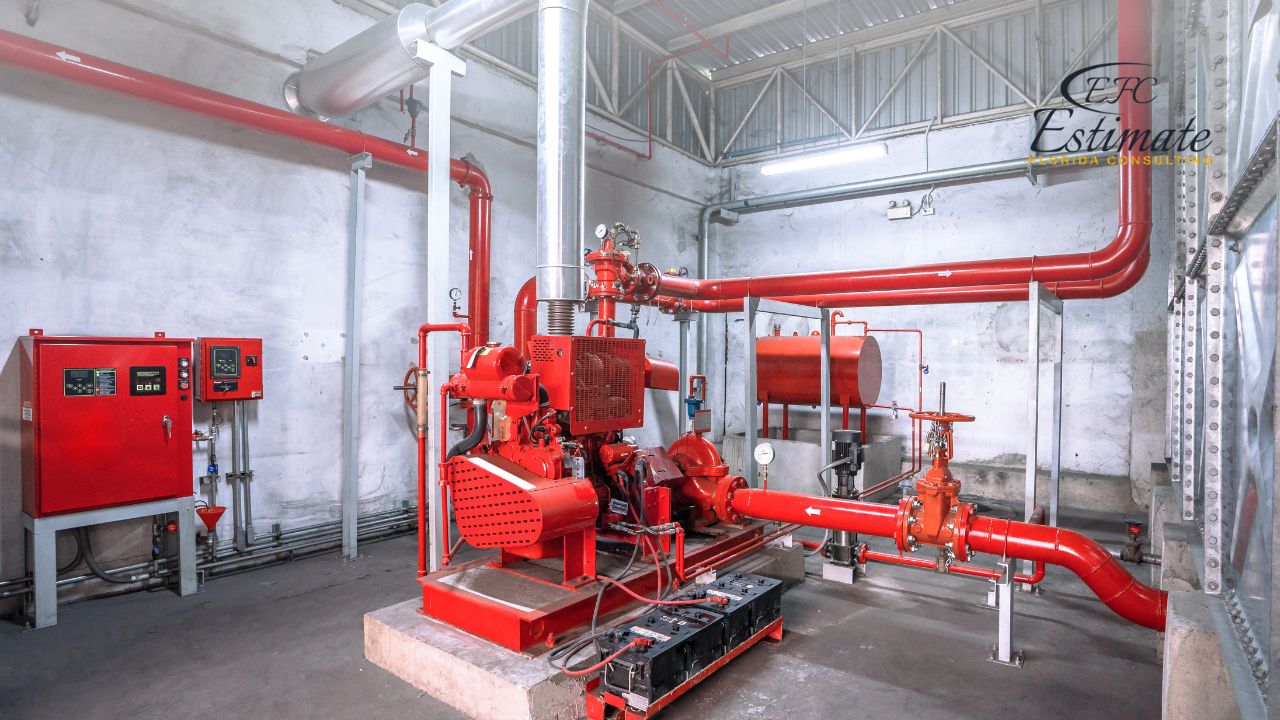
Make Informed Design Decisions Showcase Your Design Ideas
Get RenderingInsurance companies often impose additional requirements or recommendations regarding hydrant placement to mitigate fire risks and reduce potential damages. Factors such as hydrant proximity to the warehouse, water supply capacity, and overall fire protection measures may influence insurance premiums and coverage terms. Insurers may conduct risk assessments and inspections to evaluate the adequacy of fire protection measures, including the placement and accessibility of hydrants. By aligning with insurance company requirements and recommendations, warehouse operators can not only mitigate fire-related risks but also potentially reduce insurance costs and liabilities associated with fire damage.
Ensuring optimal accessibility for firefighting operations is paramount in hydrant location planning. Hydrants should be strategically located to provide easy access for firefighters and firefighting vehicles, ensuring swift and effective response to fire emergencies. Factors such as visibility, clearance, and proximity to access points should be considered to facilitate rapid deployment of firefighting equipment and personnel. Additionally, the design and layout of roadways, parking areas, and maneuvering space for firefighting vehicles should be taken into account to minimize response times and maximize operational efficiency during emergencies. By prioritizing accessibility in hydrant location planning, warehouse operators can enhance the effectiveness of fire suppression efforts and minimize the potential impact of fire incidents on their facilities.
The availability and capacity of water supply infrastructure are critical factors influencing hydrant location planning. Hydrants should be situated in areas with adequate water pressure and flow rates to support effective fire suppression operations. Conducting hydraulic calculations and assessing the capacity of water distribution networks can help determine the optimal placement of hydrants relative to available water sources. Additionally, consideration should be given to factors such as water mains, hydrant spacing, and distribution system redundancy to ensure reliable water supply during emergencies. By integrating water supply infrastructure considerations into hydrant location planning, warehouse operators can enhance the resilience of their fire protection systems and minimize the risk of water supply-related issues compromising firefighting efforts.
New projects are waiting for you.
Connect with more construction leads!

Anticipating future expansion and development is essential in hydrant location planning to ensure the long-term effectiveness and adaptability of fire protection measures. By considering potential changes in building layout, occupancy, or fire protection requirements, warehouse operators can strategically position hydrants to accommodate future growth and development. Flexibility in hydrant placement allows for adjustments to be made as the warehouse evolves, ensuring that fire protection capabilities remain optimized over time. Collaboration with architects, engineers, and fire safety professionals can help identify opportunities for proactive planning and integration of fire protection measures into the overall design and development of the warehouse. By planning for future expansion and development, warehouse operators can mitigate potential risks and challenges associated with changes in occupancy or operational needs, ensuring the continued safety and resilience of their facilities against fire hazards.
International Fire Code (IFC): Provides regulations that affect the planning and placement of fire hydrants, including minimum requirements for the number of hydrants based on the size and type of the building or facility.
Vary significantly from one jurisdiction to another, but generally include specific requirements for hydrant spacing, minimum water supply volume, and pressure levels to ensure adequate coverage and functionality during emergency responses.
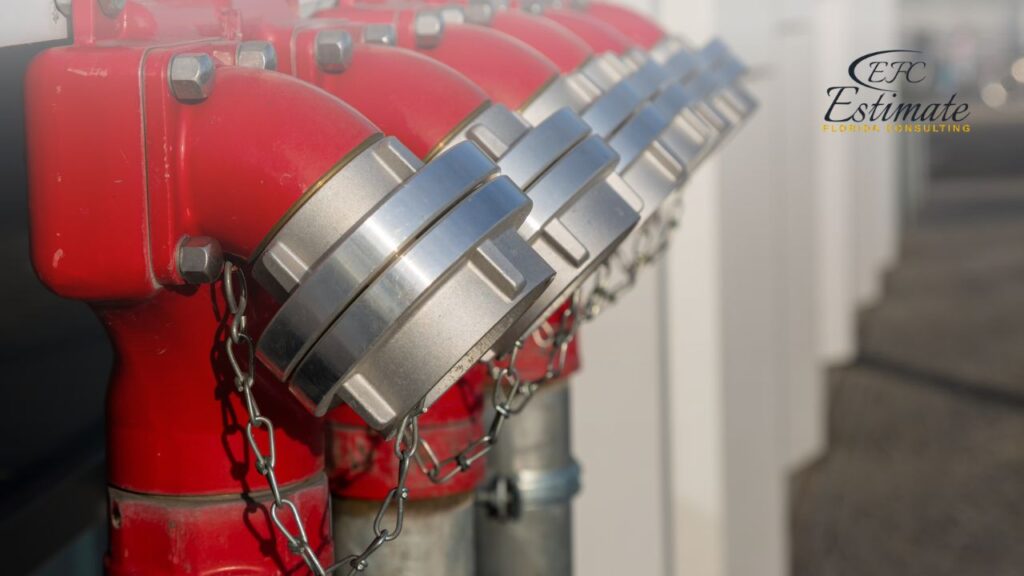
Insurance companies often reference ISO ratings, which assess the fire protection capabilities of local fire departments, including the availability and placement of fire hydrants. Compliance with recommended practices can affect insurance premiums for warehouse buildings.
Hydrants must be strategically placed to ensure complete coverage of the warehouse property, with typical spacing requirements suggesting that hydrants be located no more than 300 feet apart. This ensures that fire hoses can reach all areas of the building without excessive length, which could hinder water pressure and flow rates.
Hydrants must be accessible at all times, free from obstructions, and visible to emergency responders. This often means incorporating clear signage and avoiding landscaping or parking areas that could impede access.
The required flow rate and volume depend on the warehouse’s size, the materials stored, and the potential fire load. These requirements ensure that there is sufficient water to suppress fires, considering the building’s specific risks.
Regular maintenance and testing are mandated to ensure hydrants are operational when needed. This includes annual inspections, flow testing, and immediate repairs to any damages or operational issues.

Warehouses must maintain records of hydrant installation, inspections, and maintenance to demonstrate compliance with local and national regulations. This documentation is crucial during inspections by fire departments or insurance assessments.
Adhering to these regulations and standards is not just about legal compliance; it’s about ensuring the safety of warehouse employees, protecting inventory, and minimizing the risk of catastrophic fire damage. Understanding and implementing the detailed requirements of hydrant placement can significantly enhance a warehouse’s fire response capabilities, ultimately saving lives and resources.
Community Development Grants: Local governments may offer grants as part of community development initiatives, especially in areas prone to fires or in underserved communities where safety upgrades are critically needed.
Business Improvement Loans: Financial institutions and credit unions may offer low-interest loans for property improvements that include safety upgrades like fire hydrant installation. These loans are typically more favorable than standard commercial loans in terms of interest rates and repayment terms.
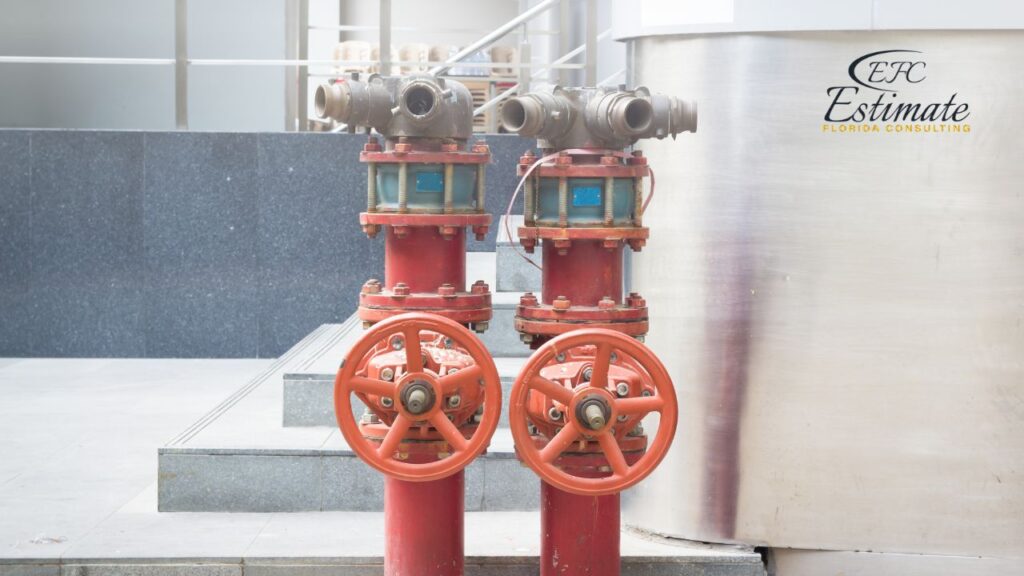
Small Business Administration (SBA) Loans: The SBA provides various loan programs that can be used for capital improvements, including fire safety measures. SBA loans are known for their relatively low interest rates and favorable repayment conditions.
Reduced Premiums: Some insurance companies offer incentives for businesses that improve their fire safety measures. Installing fire hydrants can lead to reductions in insurance premiums, serving as a long-term financial benefit that can help offset the initial investment.
Depreciation and Deductions: Businesses can often take advantage of tax depreciation for capital improvements and may be eligible for specific deductions related to safety upgrades. These tax incentives can reduce the net cost of fire hydrant installation projects.
Let us take your project to the next level! Send us your plans, and we’ll provide a detailed estimate with competitive pricing. Our ZIP Code-based approach means better accuracy and a 90% higher chance of winning bids. Get personalized, no-shortcut service every time.
The strategic planning and placement of fire hydrants in warehouse buildings are critical elements in ensuring the safety and preparedness of these facilities against fire incidents. Factors such as warehouse size, layout, fire risks associated with stored materials, local fire codes and regulations, insurance requirements, accessibility for firefighting operations, water supply infrastructure, and considerations for future expansion and development all play pivotal roles in determining the cost and effectiveness of hydrant location planning.
Adherence to regulations and standards, such as those set forth by organizations like the NFPA, ICC, and local building codes, is crucial not only for legal compliance but also for safeguarding the lives of warehouse employees and protecting valuable inventory. Moreover, exploring financing options, including grants, loans, and incentives, can help offset the initial investment in hydrant installation projects and enhance the overall fire safety capabilities of warehouse facilities.
By understanding the importance of compliance with legal and safety requirements, as well as the available financing avenues, warehouse owners and managers can make informed decisions to optimize hydrant location planning, ultimately minimizing the risk of catastrophic fire damage and ensuring the continued safety and resilience of their facilities.
The cost can vary based on factors such as the size and location of the warehouse, accessibility, water supply connection fees, and any special requirements for high-risk materials storage. In rural areas, installation costs may range from $5,000 to $15,000+ per hydrant, while urban settings or high-risk warehouses could incur costs of $20,000 to $50,000+ per hydrant installation.
Our estimates consider the specific needs and challenges of each warehouse, taking into account factors like square footage, regulatory requirements, and infrastructure. With our expertise, we provide detailed cost breakdowns ranging from $17,710 to $46,680+ for a 10,000 sq.ft warehouse, ensuring precise budgeting and project planning.
We specialize in crafting precise cost estimates tailored to the unique needs of warehouse facilities. Our comprehensive approach emphasizes safety and preparedness, recognizing the critical importance of fire prevention. Contractors benefit from our detailed estimates, gaining a competitive advantage in accurate budgeting and project execution.
While our estimates cover the primary installation costs, it’s essential to consider ongoing maintenance expenses and any potential upgrades or modifications in the future. These costs can vary depending on factors like regulatory changes, infrastructure upgrades, and the specific needs of the warehouse.
With our expertise in hydrant location planning, we enable warehouse owners and contractors to confidently safeguard their facilities. By strategically placing fire hydrants and adhering to regulatory standards, we enhance overall safety and security. Our detailed estimates empower clients to make informed decisions, mitigating risks and preventing potential fire incidents.
Here I am going to share some steps to get your hydrant location planing cost for warehouse buildings estimate report.
You can send us your plan on info@estimatorflorida.com
Before starting your project, we send you a quote for your service. That quote will have detailed information about your project. Here you will get information about the size, difficulty, complexity and bid date when determining pricing.
Our team will takeoff and estimate your project. When we deliver you’ll receive a PDF and an Excel file of your estimate. We can also offer construction lead generation services for the jobs you’d like to pursue further.

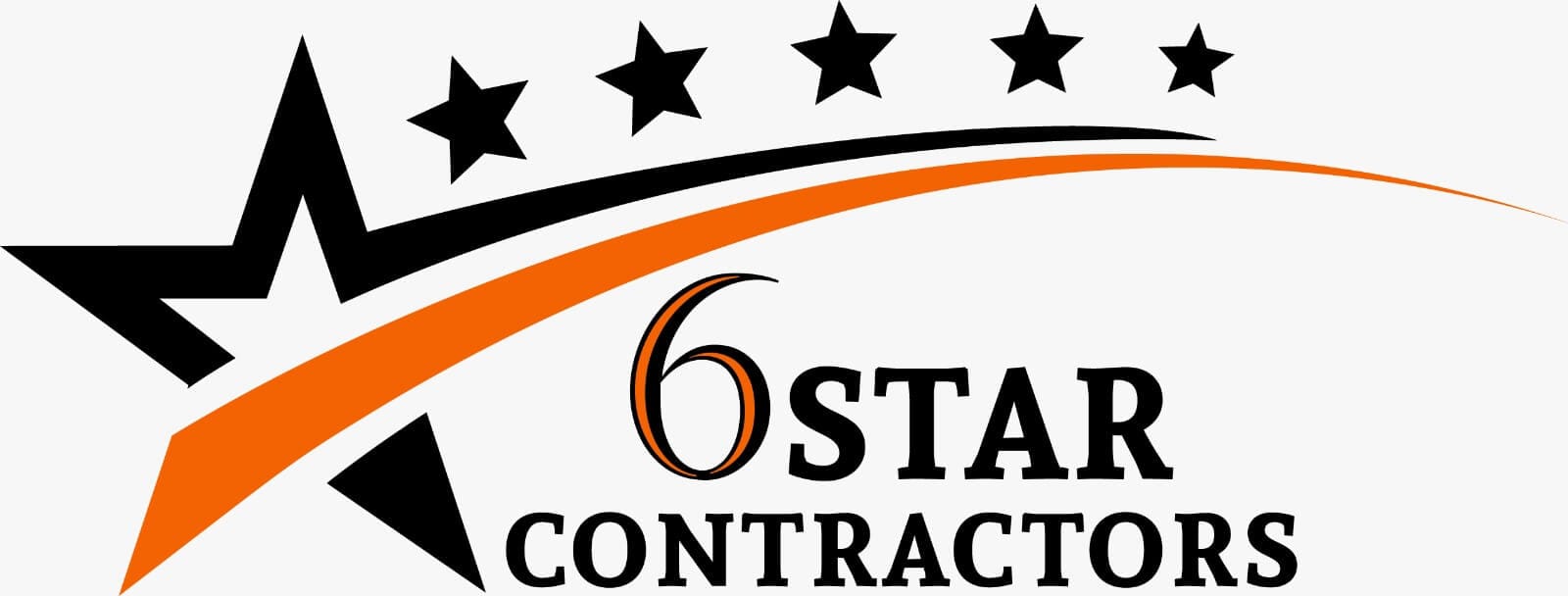

561-530-2845
info@estimatorflorida.com
Address
5245 Wiles Rd Apt 3-102 St. Pete Beach, FL 33073 United States
561-530-2845
info@estimatorflorida.com
Address
5245 Wiles Rd Apt 3-102 St. Pete Beach, FL 33073 United States
All copyright © Reserved | Designed By V Marketing Media | Disclaimer